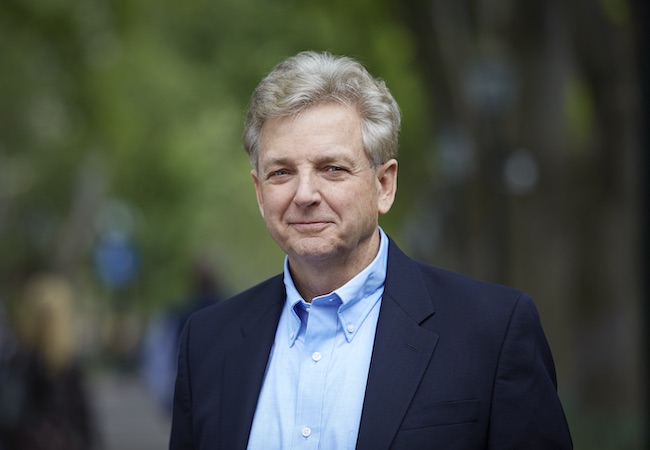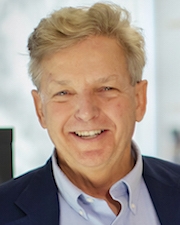U.S. teacher workforce continues 30-year trends

Richard Ingersoll, national expert in the teacher workforce, predicts a post-pandemic wave of teachers leaving the workforce.
Jeff Frantz
215-898-3269 | frantzj@upenn.edu
*Note for TV and radio: The University of Pennsylvania has an on-campus ISDN line and ready access to a satellite uplink facility with live-shot capability.
Expanding on his groundbreaking research on the teaching workforce, Penn GSE’s Richard Ingersoll has published a new report looking at who is at work in America’s classrooms.
His latest report, The Demographic Transformation of the Teaching Force in the United States, was recently published in Education Sciences. In it, Ingersoll and co-authors extend their study of teachers from 1987 up to 2018, the latest year from which federal data is available. This is the closest snapshot we have of the teacher workforce before the Covid-19 pandemic.
In this update, Ingersoll found that many trends he has tracked since publishing his first study continue to hold true, and in some ways have deepened: the number of teachers has increased faster than students; those teachers, in general, are less experienced than their peers from three decades ago; more of these teachers are women; there are more teachers of color, if still not enough; and teacher turnover remains a problem.
The data can help inform key choices school leaders and policymakers will have to make in the coming months and years, about how many teachers are needed, what training and support they need, and how schools will pay for them.
During the pandemic, many education leaders feared a massive wave of teacher retirements. While data from the last year has not been published yet, Ingersoll said he has not seen evidence of such a wave. However, findings in his new report show that many experienced teachers are at or near retirement age and suggest such a wave could be coming in the near future.
“In general, employees do not leave their jobs during economic downturns. This includes teachers who have the seniority to retire from the classroom but might want or need to work elsewhere, or beginning teachers who want to change careers,” Ingersoll said. “Post-pandemic, as more middle-class jobs become available, I predict there will be a large increase in turnover. Older teachers will retire, and some newer teachers will leave the profession.”
The report also raises questions for states and school districts worried about pension costs or a basic cash crunch.
For example, Ingersoll finds the growth in the teacher workforce has been driven in part by an increase in the number of special education teachers, bilingual education teachers, and other specialized teachers. These new roles have helped meet a real need in the community, but they have also strained school budgets. The Biden administration’s American Families Plan calls for hiring more teachers in these areas, and temporary federal spending to pay for them.
“Biden's plan could help districts pay for these additional teachers, but only as long as those funds last,” Ingersoll said. “In the long term, in my view, the ballooning of the teaching force is not financially sustainable.”
Among Ingersoll’s other key findings:
- The “graying” has slowed: Through the 1990s and early 2000s, the modal age of teachers continued to creep up, peaking at age 55 in 2007-2008. Since then the number of teachers over age 50 has decreased.
- “Greening” remains a concern: In the late 1980s the most common teacher was a 15 year veteran; in 2017-2018 the modal teacher was someone in their first year in the classroom.
- More female: the proportion of teachers who are female continues to go up; now over 76%.
- Large gains but diversity still lags: Minorities remain very under-represented in the teaching force. But it is also important to recognize that over the past 30 years there has been a large increase in the numbers of minority teachers. The number of minority teachers has increased faster than the number of minority students. This is in spite of the fact that minority teachers quit at higher rates than non-minority teachers.
Penn GSE is one of the nation’s premier research education schools. No other education school enjoys a university environment as supportive of practical knowledge-building as the Ivy League’s University of Pennsylvania. The School is notably entrepreneurial, launching innovative degree programs for practicing professionals and unique partnerships with local educators, and the first-ever business plan competition devoted exclusively to educational products and programs. For further information about Penn GSE, please visit www.gse.upenn.edu/

